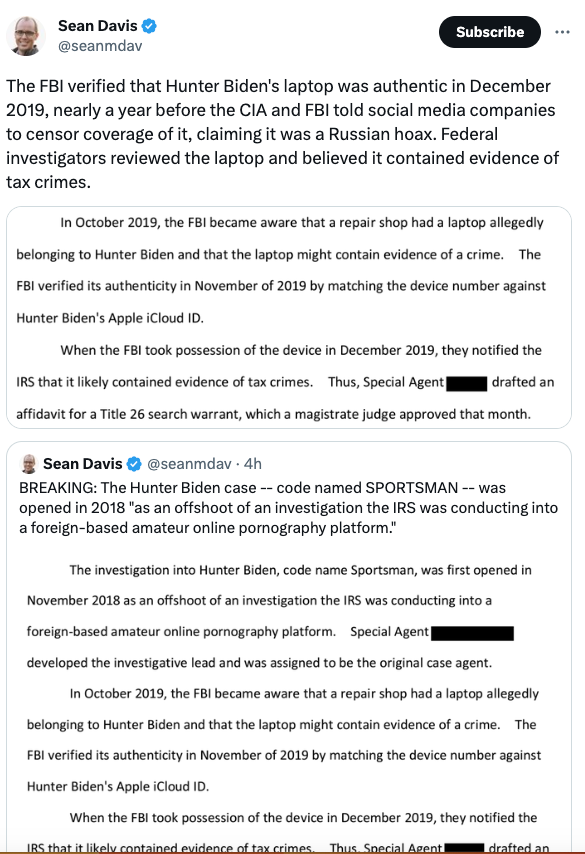Primer:
BRUSSELS (AP) — Nearly 50,000 Russian men have died in the war in Ukraine, according to the first independent statistical analysis of Russia’s war dead.
Two independent Russian media outlets, Mediazona and Meduza, working with a data scientist from Germany’s Tübingen University, used Russian government data to shed light on one of Moscow’s closest-held secrets — the true human cost of its invasion of Ukraine.
To do so, they relied on a statistical concept popularized during the COVID-19 pandemic called excess mortality. Drawing on inheritance records and official mortality data, they estimated how many more men under age 50 died between February 2022 and May 2023 than normal.
*** So, then what was this meeting about that Putin invited 35 top people to attend? After 3 hours in this meeting, it was meant to show Putin maintains control…control of what remains unclear but the read outs from the meeting are scarce on details except that General Valery Gerasimov is keeping his position and title which was the main complaint of Prighozin. It could be however that his duties and responsibilities are diminished. Furthermore, due to the high casualty rate of injuries and death of Russian fighters, Moscow is turning to the Chechen Republic. Chechen fighters are some of the deadliest fighters known but have yet to appear on the battlefield. This is one to watch.  (2 Russian bases in Belarus/source)
(2 Russian bases in Belarus/source)
Next, NATO leadership, at least our own State Department and Department of Defense need to address Belarus and Lukashenko, the president of Belarus.
MEMRI is reporting:
On June 28, 2023, the Russian media outlet Vzglyad published an article titled “How To Manage The Legacy Of The Wagner Group” about the future of the Wagner Group mercenaries after the attempted mutiny that took place few days earlier. As many Wagner group fighter are preparing to move to Belarus, Belarusian military expert Alexander Alesin told Vzglyad that these fighters may become instructors in the Belarus Army or may provide security for Belarusian workers in Africa.
On June 28, 2023, the Russian media outlet Vzglyad published an article titled “How To Manage The Legacy Of The Wagner Group” about the future of the Wagner Group mercenaries after the attempted mutiny that took place few days earlier. As many Wagner group fighter are preparing to move to Belarus, Belarusian military expert Alexander Alesin told Vzglyad that these fighters may become instructors in the Belarus Army or may provide security for Belarusian workers in Africa.
Meanwhile, the other topic that should be part of major discussions at the NATO summit is Germany. Exactly what side is Chancellor Scholz on any way? German intelligence knew in advance?
… criticism came from the ranks of the center-left German Social Democratic Party (SPD), which is the primary political party behind the government of German Chancellor Olaf Scholz. However, criticism also came from the Green Party —which also supports Scholz’s administration— and the center-right Free Democratic Party (FDP), which opposes Scholz’s government. The criticism intensified after June 28, when, during a live television interview, Chancellor Scholz appeared to confirm speculation that the BND had left his administration in the dark about the Wagner mutiny until it was too late.
Late last week, however, a joint investigation by two of Germany’s most respected public television broadcasters, the Hamburg-based NDR and the Cologne-based WDR, concluded that the BND had been far more informed about the Wagner mutiny than its critics have claimed. The investigation concluded that, not only did the BND have foreknowledge of the mutiny nearly a week before it materialized, but that it was able to listen-in to the frantic telephone conversations between Prigozhin and Belarussian President Lukashenko, as the latter tried to dissuade the Wagner leader from storming the Russian capital with his heavily armed band of mercenaries.
According to the NDR-WDR report, the BND had been able to hack into Wagner’s internal communications system up for over a year. However, its operation was betrayed by “Carsten L.”, a German intelligence officer who was arrested late last year for spying for Russia. However, the German spy service was able to continue to monitor the internal affairs of Wagner through other sources and had access to channels of information within Wagner in the months leading up to the mutiny. Thus, according to the report, the BND had “vague indications of an imminent uprising by Wagner” about a week prior to June 23. source and read more here.

 Chateau Marmont says 70% of its clientele are repeat guests. Photo Credit: 4kclips/Shutterstock
Chateau Marmont says 70% of its clientele are repeat guests. Photo Credit: 4kclips/Shutterstock 
 .Satellite imagery of Ream Naval Base from 5 February 2023, annotated to show the shape of the pier extension. Original image courtesy of BlackSky
.Satellite imagery of Ream Naval Base from 5 February 2023, annotated to show the shape of the pier extension. Original image courtesy of BlackSky
